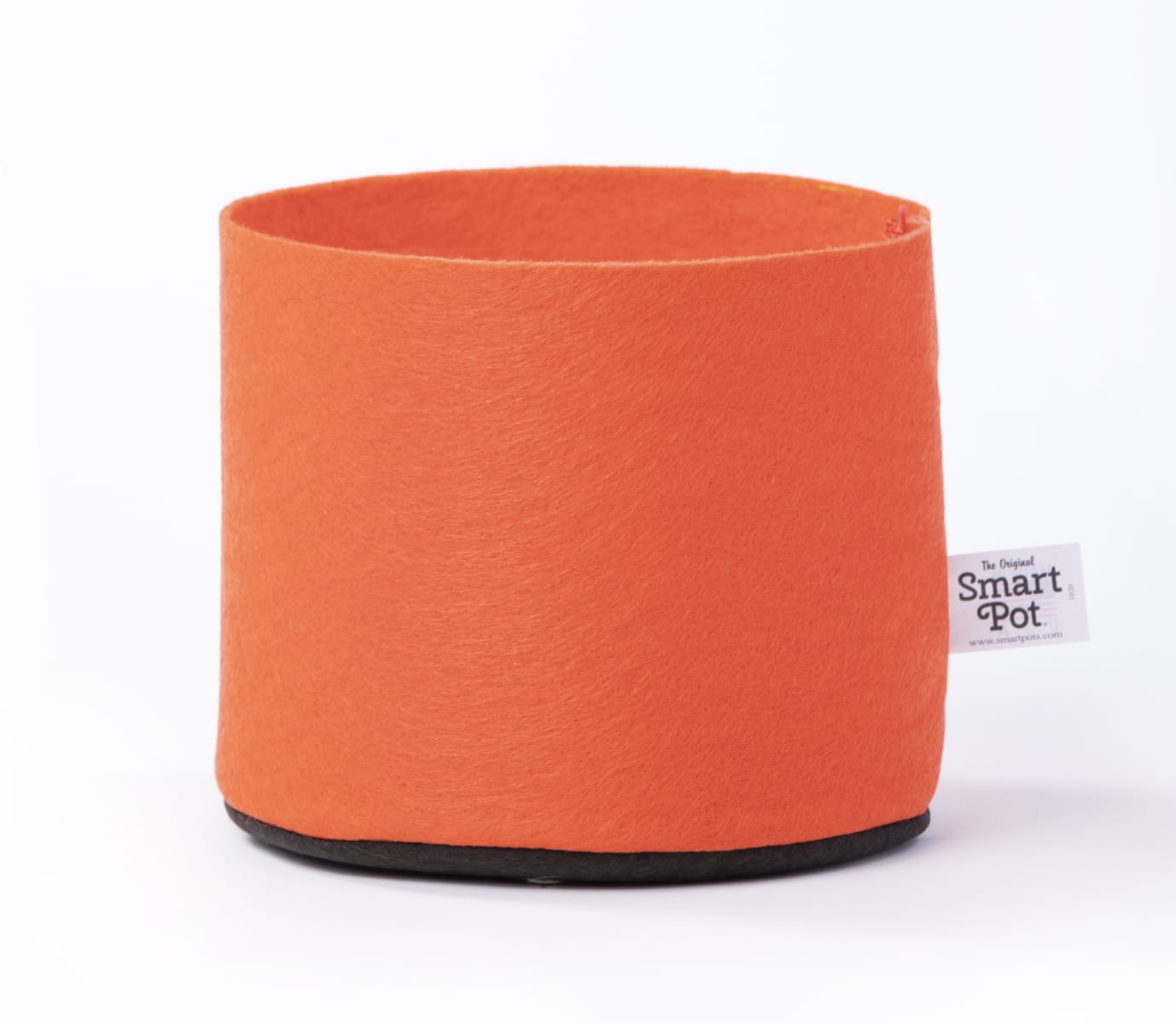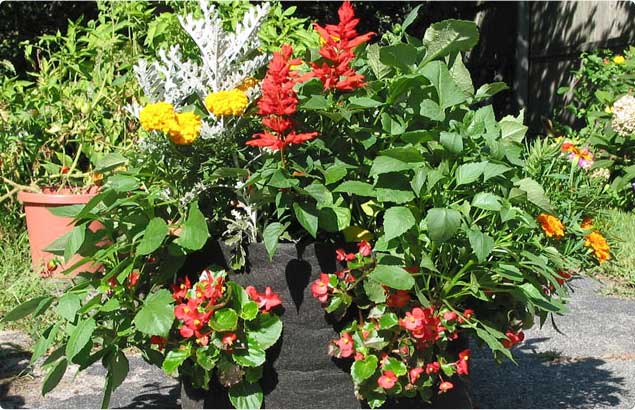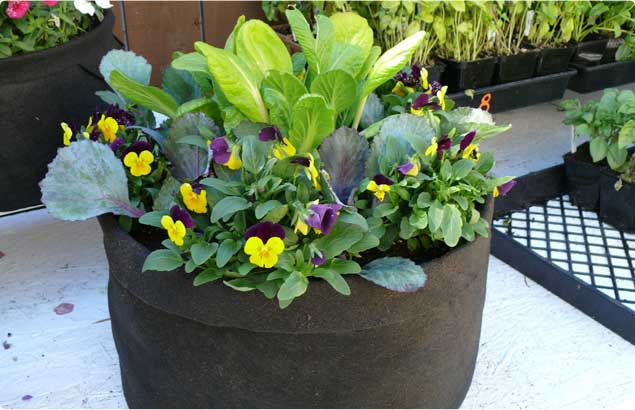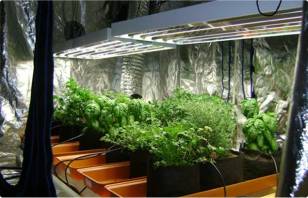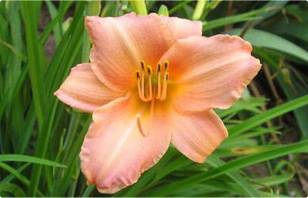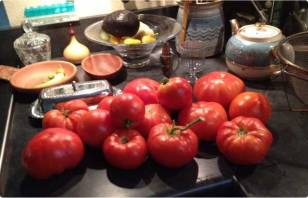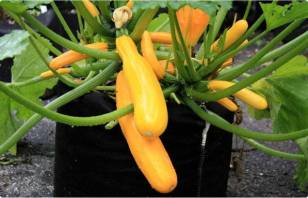Houseplant How-To With Smart Pots – by Jodi Torpey
One of the keys to growing healthy houseplants is putting the right plant in the right place. Another key to houseplant health is planting in one of the new Vivid Color fabric Smart Pot containers.
These new Smart Pots are meant to enhance your indoor décor because they add a burst of color wherever you set them. The Vivid Color Smart Pots come in three brilliant fabric colors: Mandarin Orange, Berry Blue and Violet. Your choice of one- or two-gallon sizes.
How to Select the Perfect Houseplant
One of the most important factors in choosing houseplants is to match plants to their preferred light conditions. Most houseplants like bright, indirect light but others might prefer lower or higher amounts of light.
Because plants will grow toward their light source, they may start stretching or become misshapen without enough light. For some houseplants to produce flowers, like begonias and African violets, you may need to provide supplemental lighting with full-spectrum light bulbs.
“How Much Light Do Houseplants Need?” is an excellent resource from the University of Minnesota Extension for evaluating the light in your home and matching it to houseplants that will do well in your lighting conditions.
When I started shopping for the right houseplant for my Mandarin Orange Smart Pot (provided by the company), I thought about matching flower colors to the bright orange container. I was attracted to Calandiva, a type of Kalanchoe, for its small orangey flowers, but this houseplant needs more light than I have in my office.
Instead, I decided on an easy-to-grow houseplant I knew would need minimal care and could thrive with low light. I chose a Sansevieria Superba, also called snake plant, for its pointy and twisty green and yellow variegated leaves.
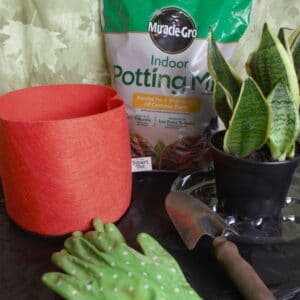
Five Steps to Houseplant Success
Here’s a simple step-by-step for planting a houseplant in a Smart Pot fabric container:
Step 1: Gather Your Materials
- Vivid Color Smart Pot (2- gallon size)
- Heavy-duty plastic plant saucer (10-inch)
- Potting mix meant for indoor containers (6-quart bag)
- Houseplant (6-inch)
- Gloves
- Plastic, newspaper or other table covering
- Bucket, warm water
Step 2: Fill Your Smart Pot
Cover your work area with plastic or newspaper and pull on your gardening gloves.
Add potting mix to the bucket and slightly moisten it with warm water. Add potting mix to the Smart Pot, a handful at a time and squeeze out excess water.

Fill Smart Pot to about half-full and make a level base. There’s no need to add gravel, rocks or other coarse material to the bottom of the container to help with drainage. Smart Pots drain easily on their own.
Step 3: Remove Houseplant from its Container
Use scissors or a sharp knife to carefully and safely cut through the plastic container on two sides. Gently loosen the plant to remove it from the container; don’t lift by pulling on the leaves.

Houseplant roots typically circle in plastic containers because there isn’t anywhere else for them to grow. You won’t have circling roots in a fabric Smart Pot. Smart Pots are designed to encourage roots to grow into the porous fabric where they prune themselves to grow more roots. More roots mean a healthier plant.
Step 4: Finish Filling Your Smart Pot
Gently straighten the circled roots and place the houseplant on the potting mix base. Keep plant steady with one hand and continue filling the Smart Pot with potting mix to about 2 inches below the rim.
Firm the mix around the roots so the plant is centered and stable.
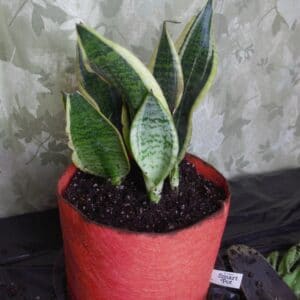
Step 5: Tidy Up
Place the newly potted houseplant on the plant saucer to protect furniture and floors. Then, if you’re like me, you’ll need to clean up your work area.
Caring for Your Smart Pot Houseplant
Planting in a Smart Pot is the first step to houseplant health. To help keep plants that way, give them the right light, place them away from heating vents and chilly drafts, don’t overwater and be sure to give them plenty of TLC.
Jodi Torpey is an award-winning vegetable gardener, master gardener and garden author in Denver, Colorado.
